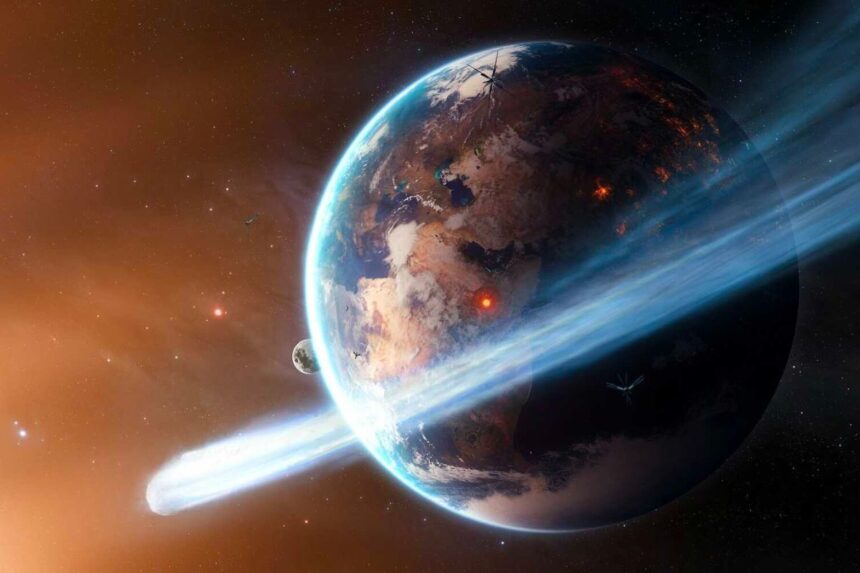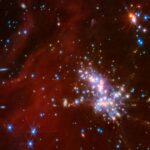NASA has issued a warning to Earthlings about a 100-foot, aeroplane-sized asteroid approaching Earth at a scary speed of 16,589 miles per hour. This, named asteroid 2024 RQ, is expected to make a close pass by Earth today. Although this asteroid will pass close to Earth, there is no immediate danger to Earth.
Asteroid 2024 RQ
Asteroids are remnants of the early solar system. They vary in size and shape. This particular asteroid, 2024 RQ, is roughly the size of a small airplane. It will pass at a distance of about three times the gap between Earth and the Moon. This means that the asteroid will not pass too close to Earth.
NASA’s Jet Propulsion Laboratory (JPL) has been tracking this asteroid closely. NASA uses its advanced technology to track asteroids. This helps them predict future encounters with Earth, and the Jet Propulsion Laboratory (JPL) confirms that asteroid 2024 RQ will not hit the Earth.
Asteroids are ancient products, estimated to be around 4.6 billion years old. Just like planets, they lack atmospheres and have irregular shapes. Scientists do a lot of research to decide where this asteroid will hit in the future. This information helps to save us from hitting the Earth.
Throughout history, Earth has experienced significant asteroid impacts. The Chicxulub event, which contributed to the dinosaurs’ extinction 66 million years ago, is a notable example. It is said that we have a lot to learn from our past. So it is very important to observe such asteroids to prevent future attacks.
NASA has been at the front row of asteroid research. OSIRIS-REx and Hayabusa2 missions brought soil and rock samples of asteroids back to Earth. These samples offer insights into the solar system’s origins. They also help us understand how water and organic compounds essential for life may have been delivered to Earth.
NASA’s ‘Asteroid Watch’ dashboard tracks near-Earth celestial bodies. It provides data such as the date of closest approach, approximate object diameter, relative size, and distance from Earth for each encounter. The system specifically monitors asteroids within a range of 7.5 million kilometers from our planet.
Over 30,000 near-Earth objects are under NASA’s watchful eye. This includes more than 850 asteroids that are larger than a kilometre wide. These celestial bodies have been labeled near-Earth objects (NEOs). However, none of these NEOs pose a threat to Earth for the next century.
The Importance of Public Awareness
Public awareness about asteroids is crucial. It helps people understand the importance of space research. It also highlights the efforts made by scientists to keep our planet safe. NASA’s alerts and updates play a vital role in this regard.
Asteroids are not just space rocks. They are keys to understanding our past and preparing for our future. Each passing asteroid enhances our knowledge. It helps us prepare for any potential future threats.
Editor’s Recommendations
- Sun’s Secret: Transforming Our Star into a Mega Telescope
- Did Stardust Kick-Start Life on Earth? New Study Says Yes!
- Giant Hazardous Asteroid to Make a Close Pass by Earth on September 17
- SpaceX Polaris: Civilians Conquer Space with Historic First Spacewalk!




